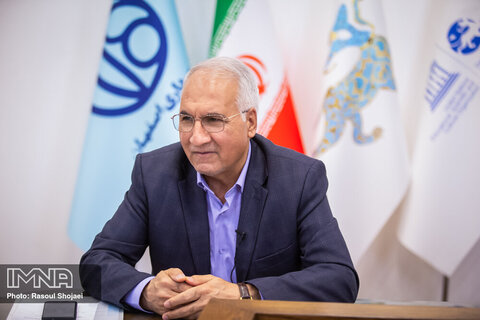Iran (IMNA) - Giving heed to the poor regions in cities would greatly improve planning for inclusive and sustainable urban development. The rapid urbanization of many neighborhoods in Isfahan, and the compelling reasons to combat urban poverty, has made Isfahan's urban management board to invest in deprived areas of the city.
"The municipality has invested billions of tomans on financial credit in the less privileged areas of the city over the last three years in order to approach spatial justice," the mayor of Isfahan said.
Spatial justice is defined as the fair distribution of urban services and facilities in a community that leads to the harmonious society.
"The spatial justice has been emphasized as a central approach of the municipality and we pay serious attention to such subject," Ghodratollah Norouzi noted.
"The municipality has invested billions of tomans on financial credit in the less privileged areas of the city over the last three years in order to approach spatial justice," he said.
Poor people live in disadvantaged areas are being isolated by distance from employment and economic opportunities, markets, healthcare and education facilities; lack of access to transport services makes it even more difficult for them.
There is strong evidence that providing basic road connectivity to deprived areas can generate significant social and economic benefits.
"Some talented and diligent young people live in disadvantaged neighborhoods; if large sum of money has been invested on the construction of subway lines in deprived areas, it's because the municipality attaches great attention to spatial justice and provision of fair services to people from all walks of life," Norouzi ended.


Your Comment